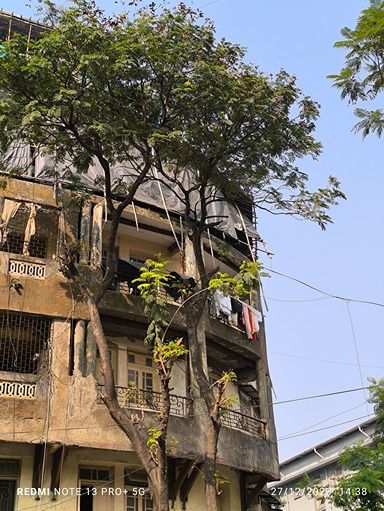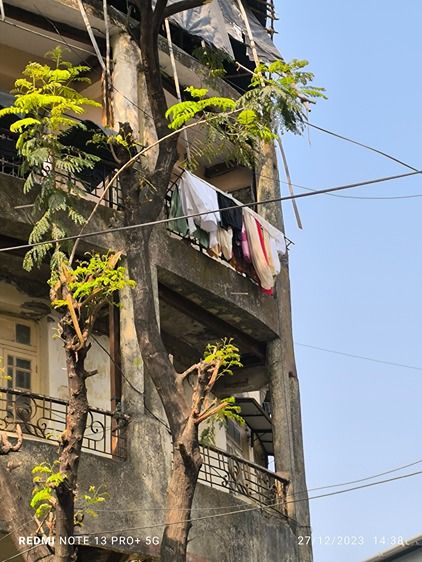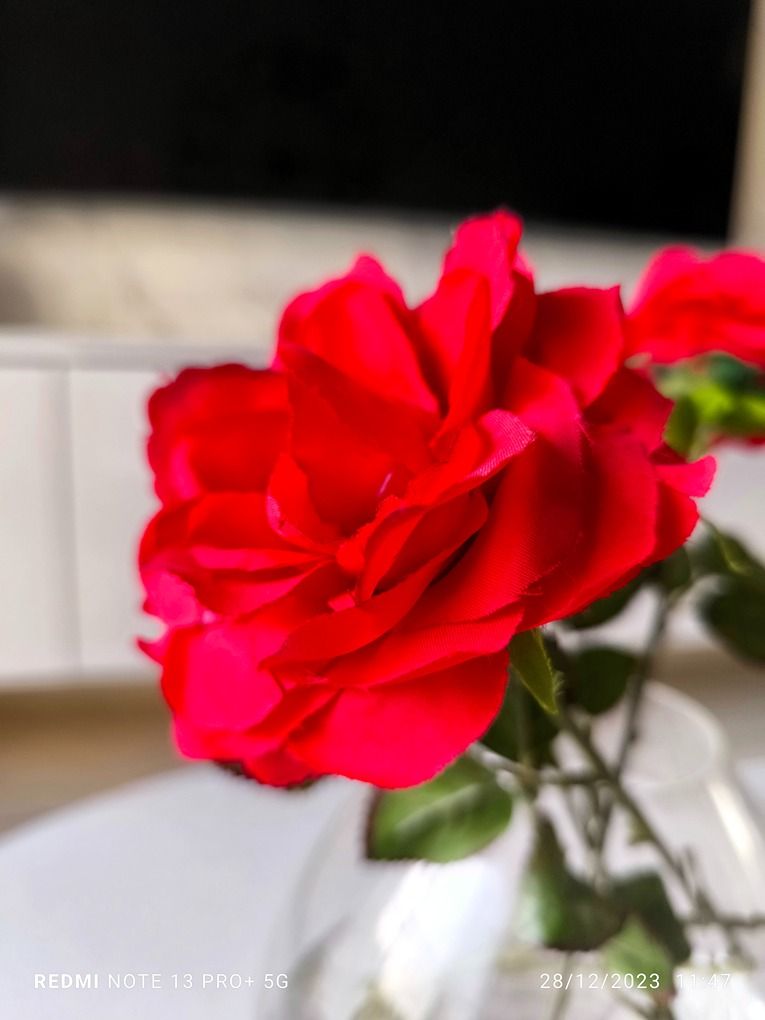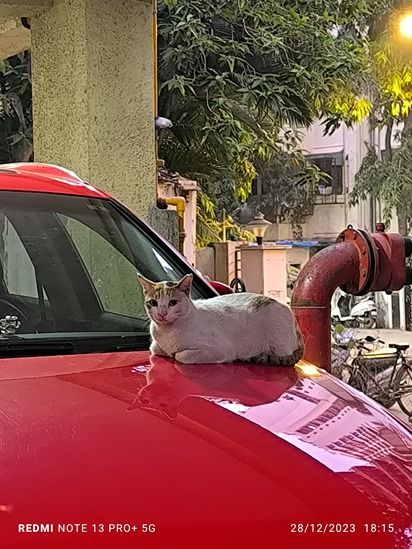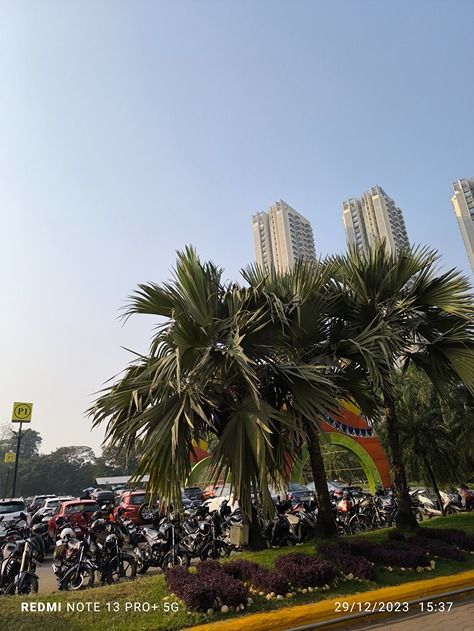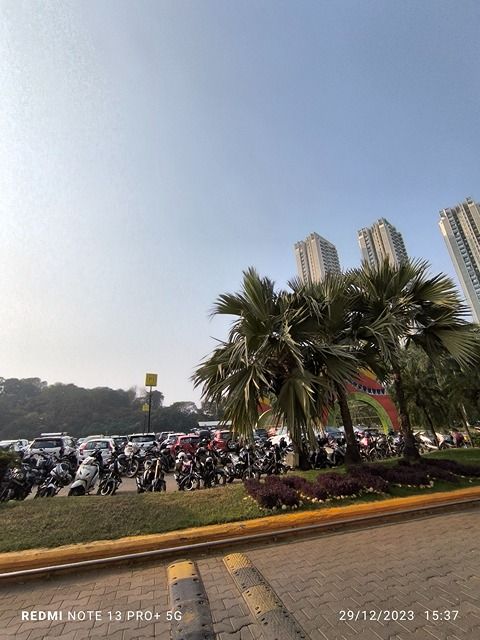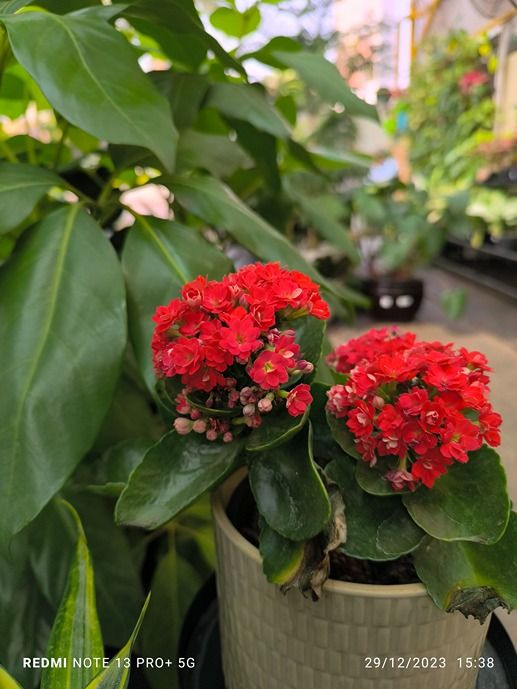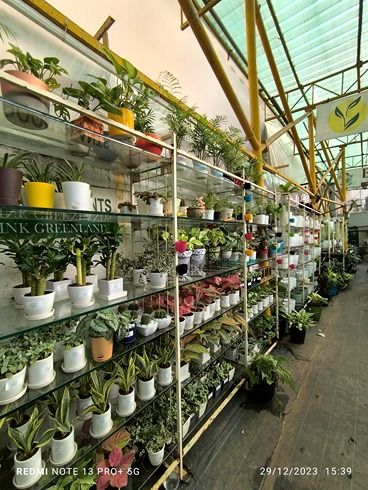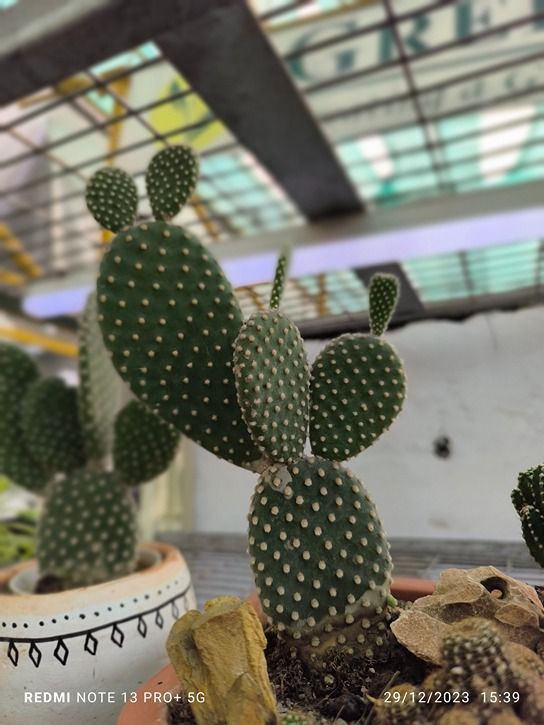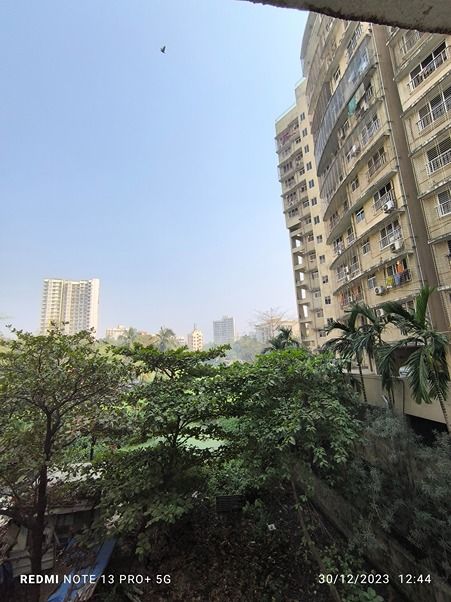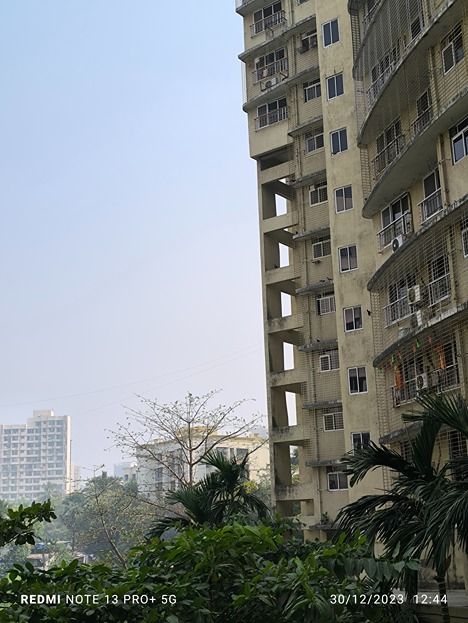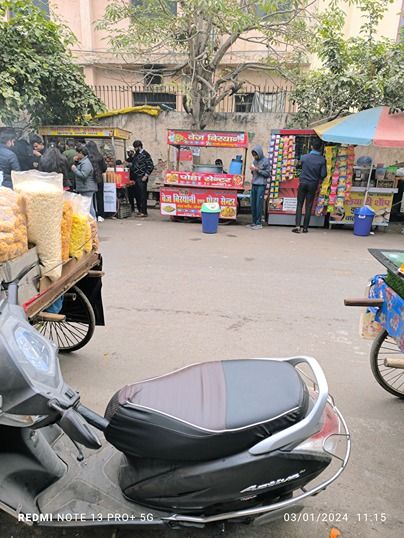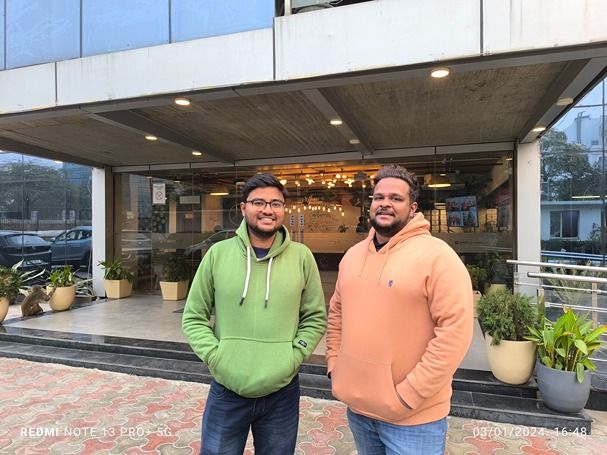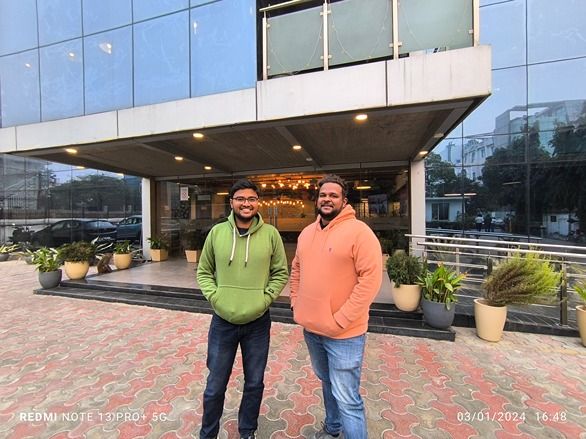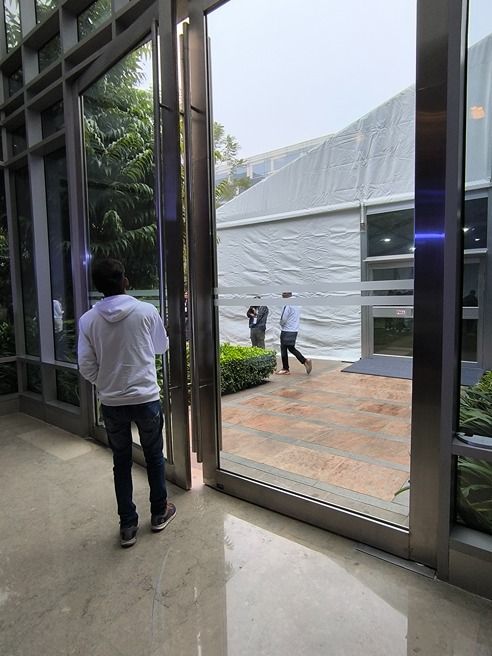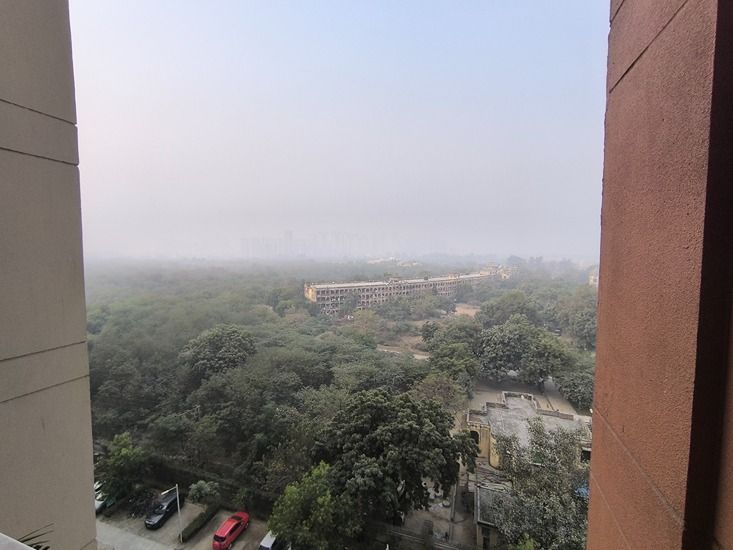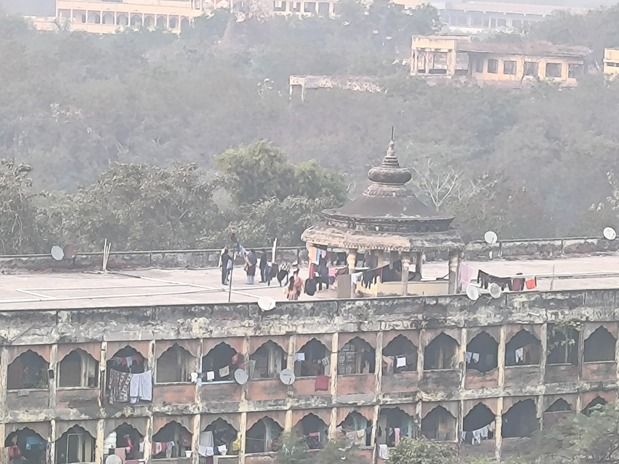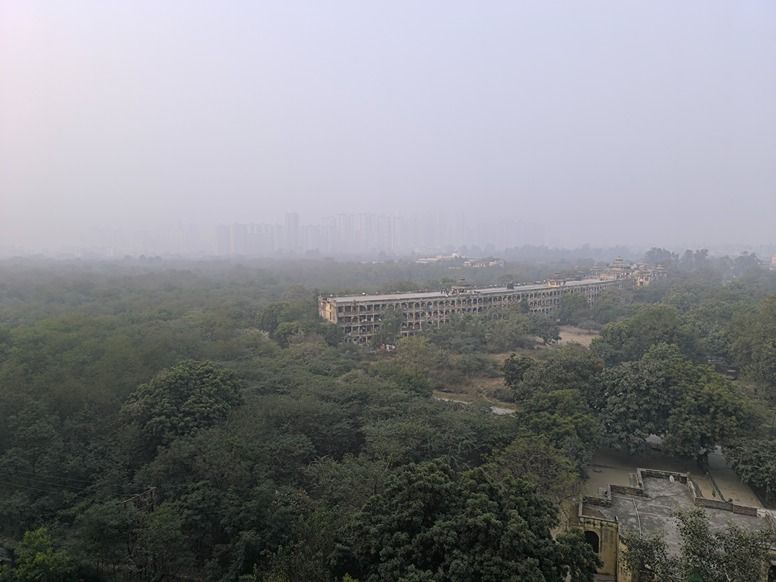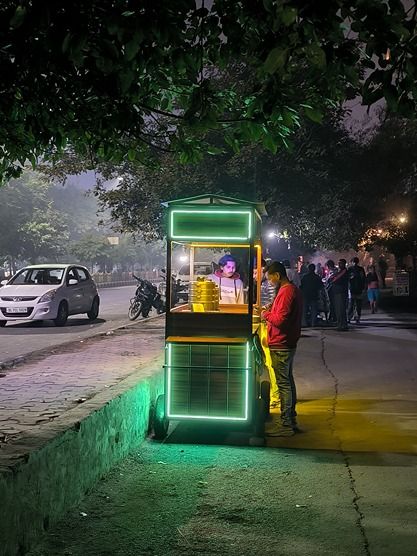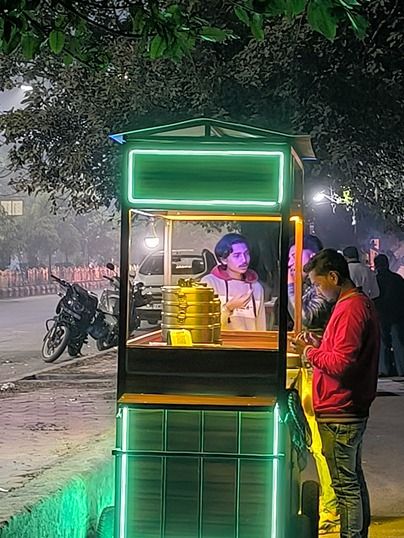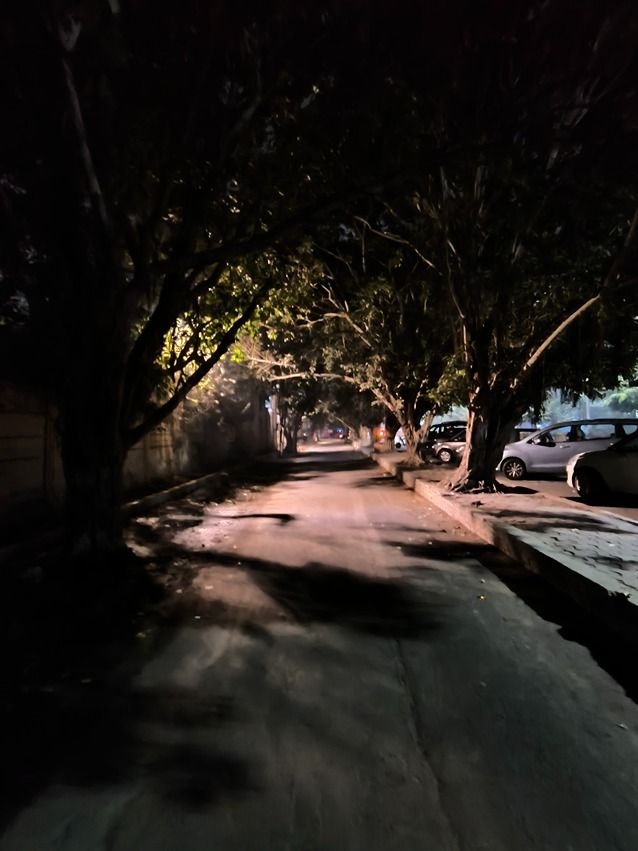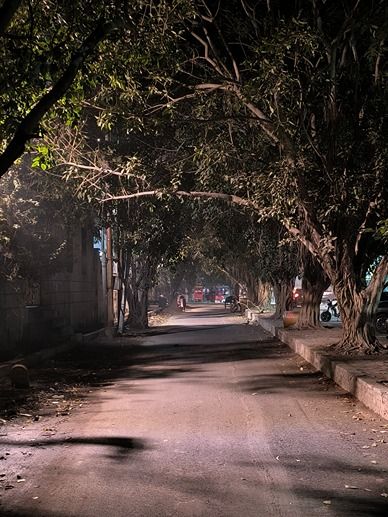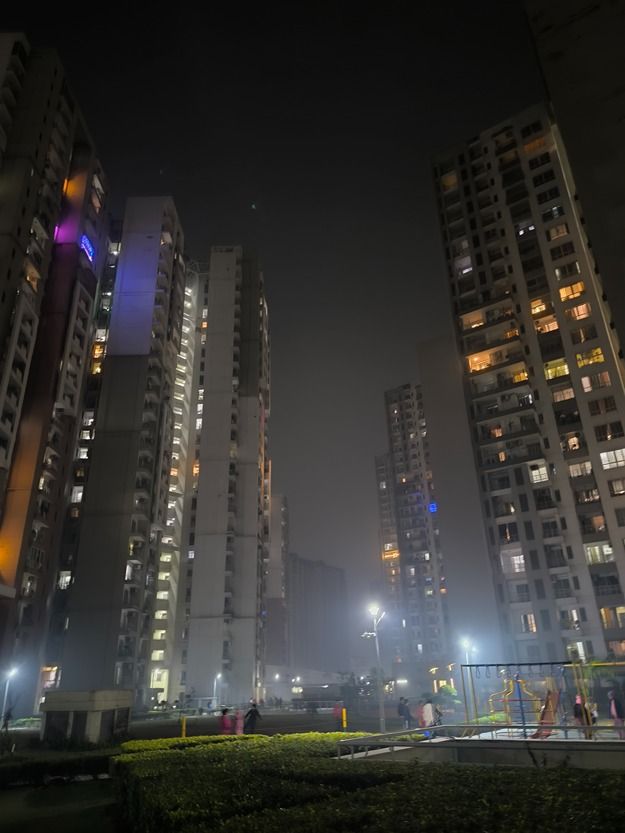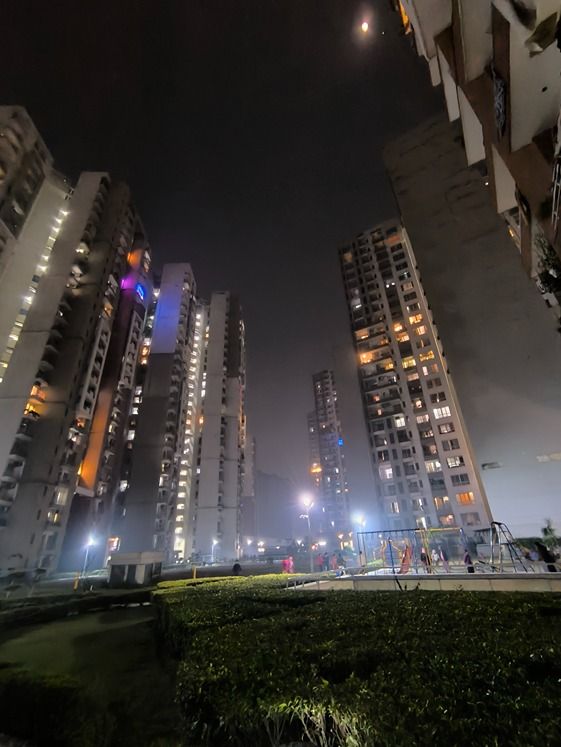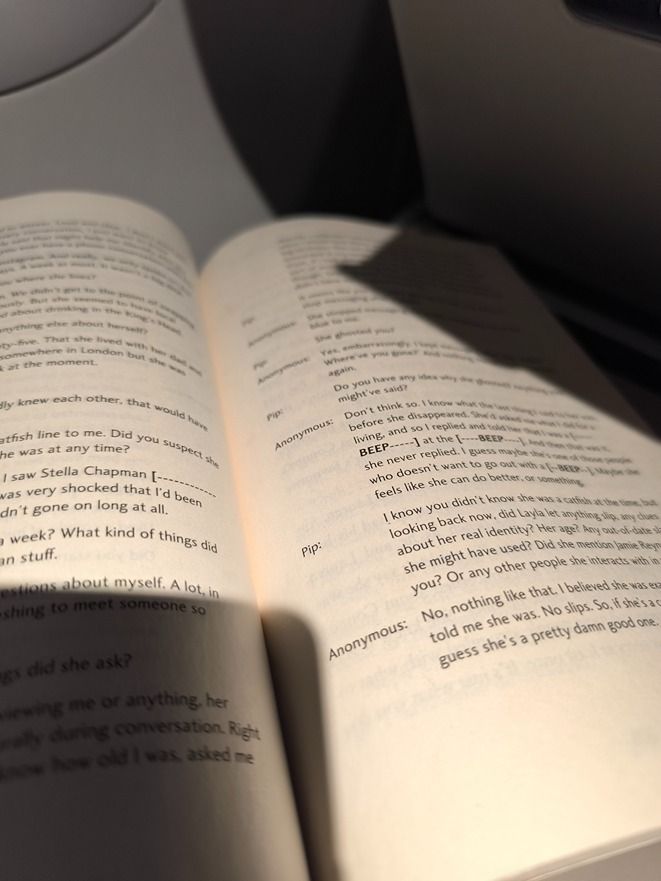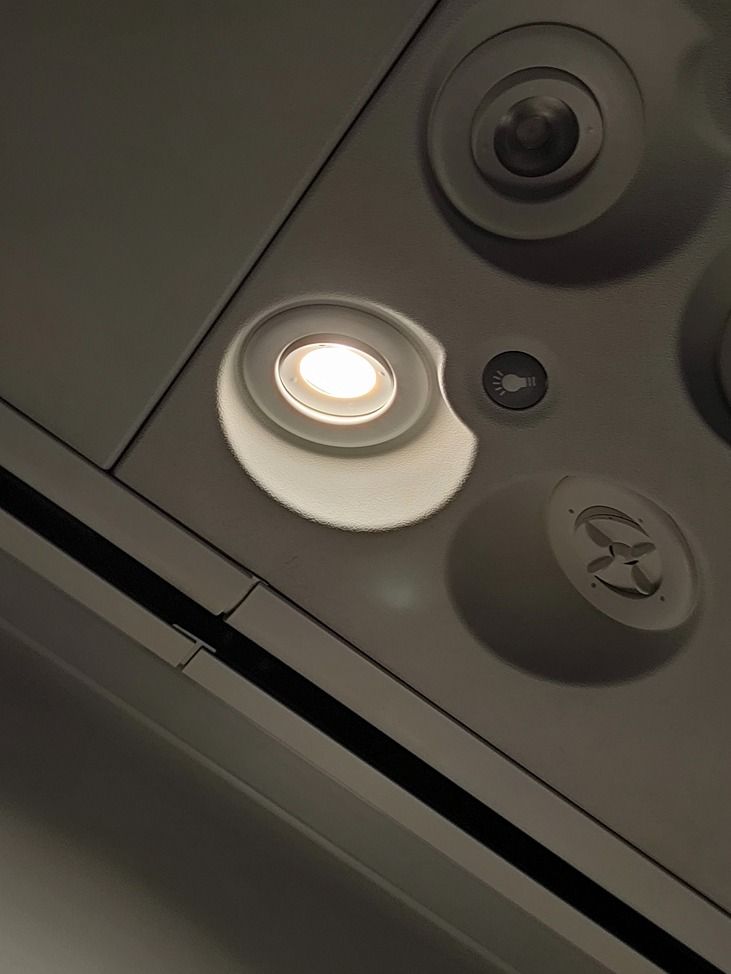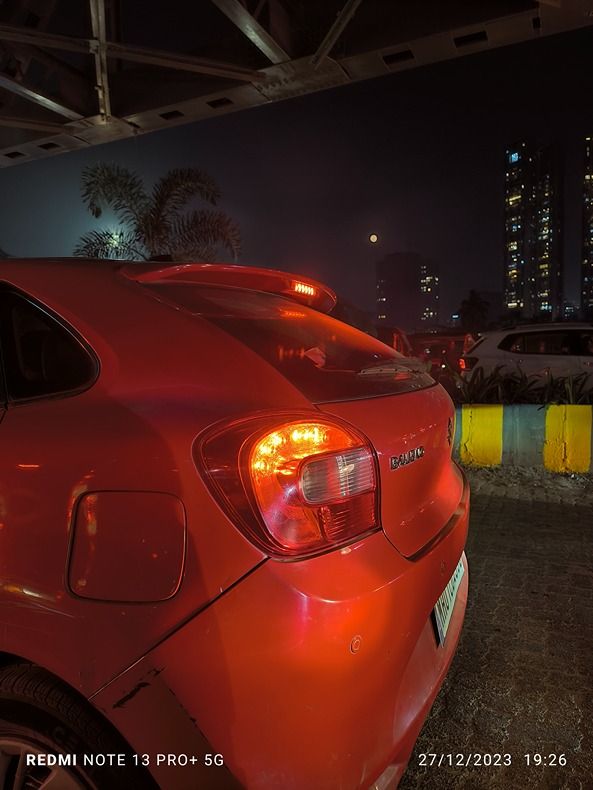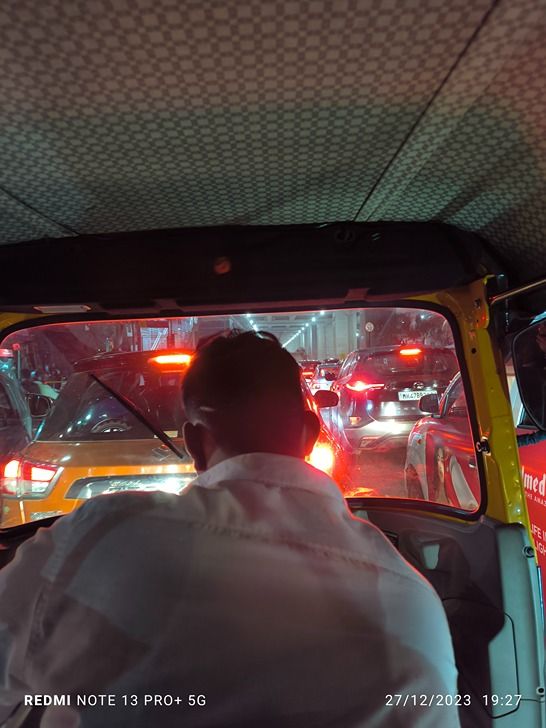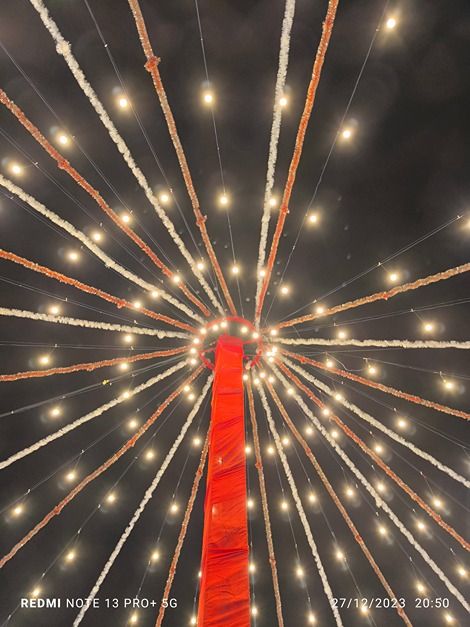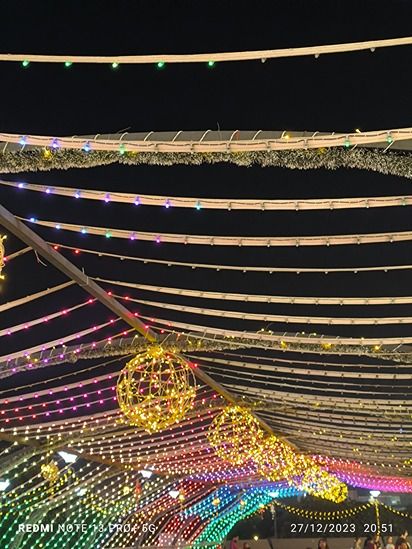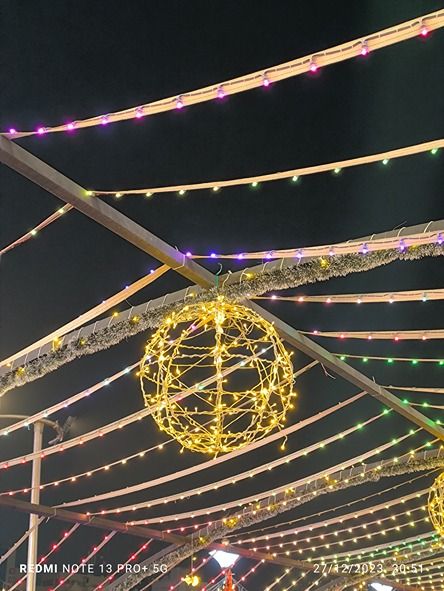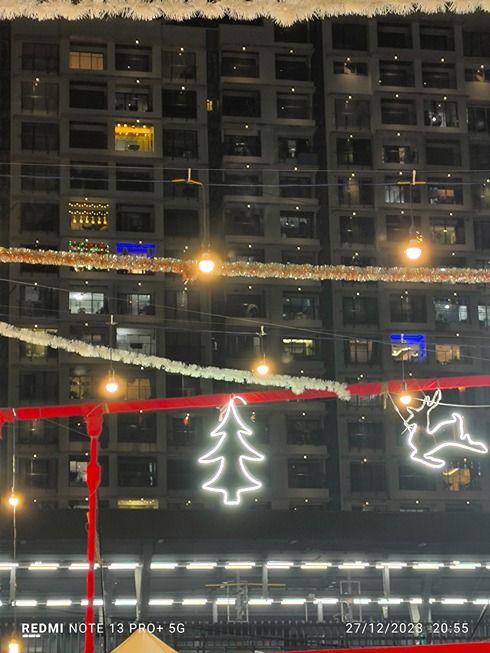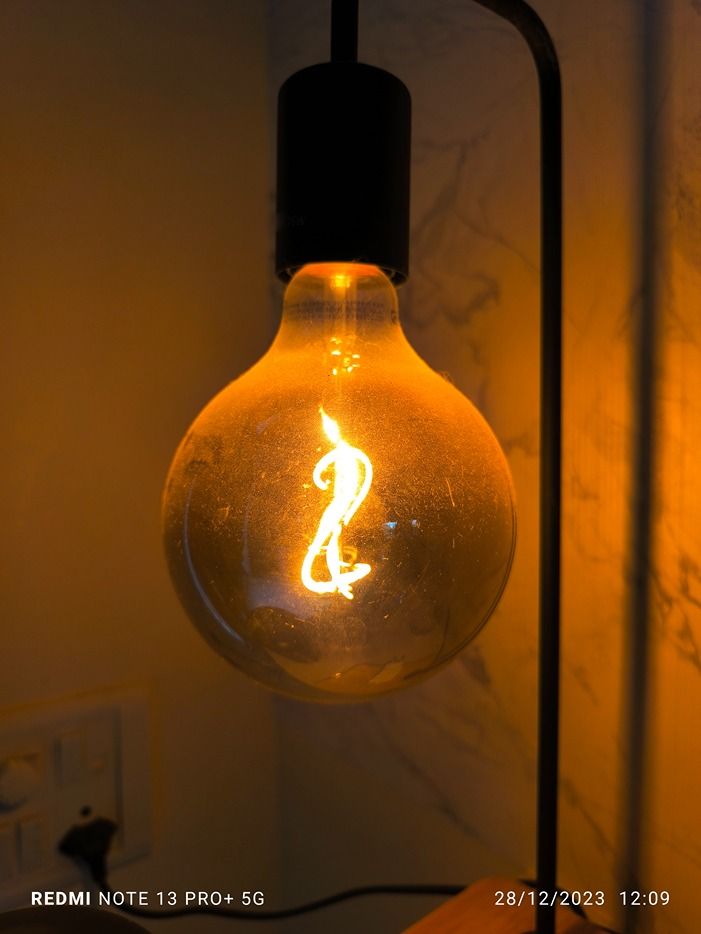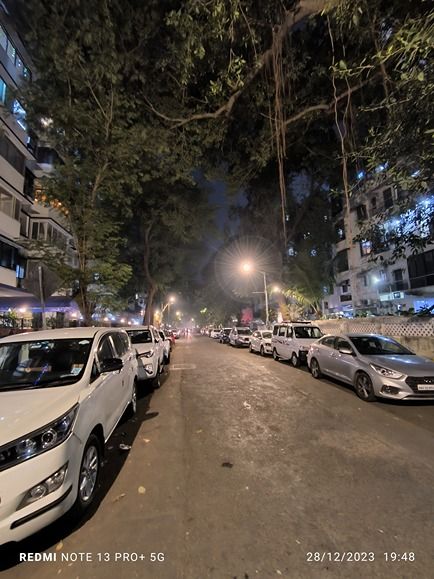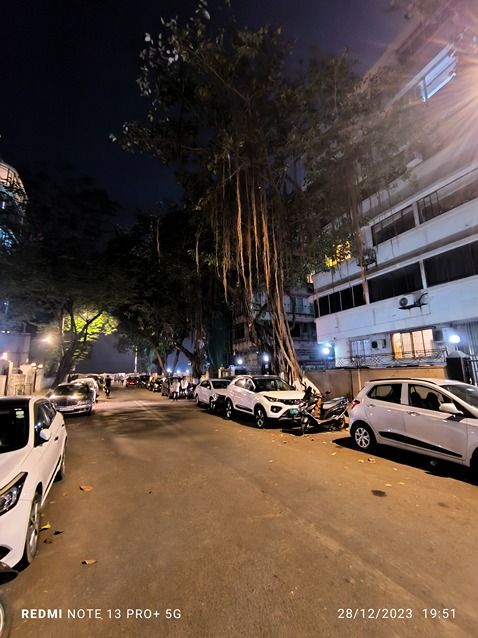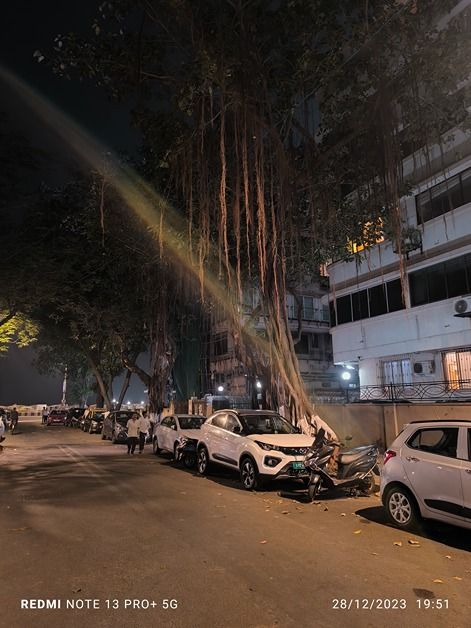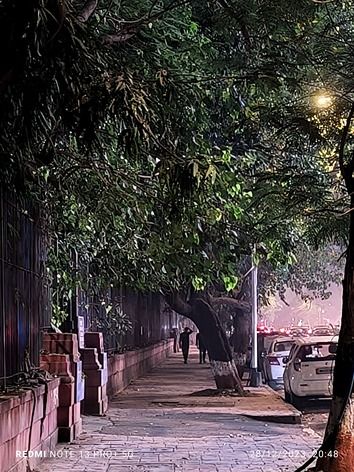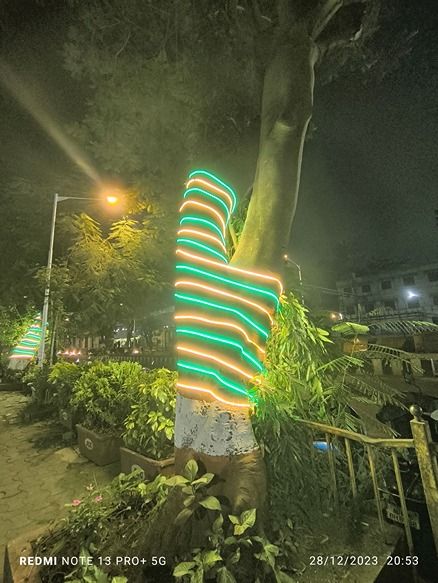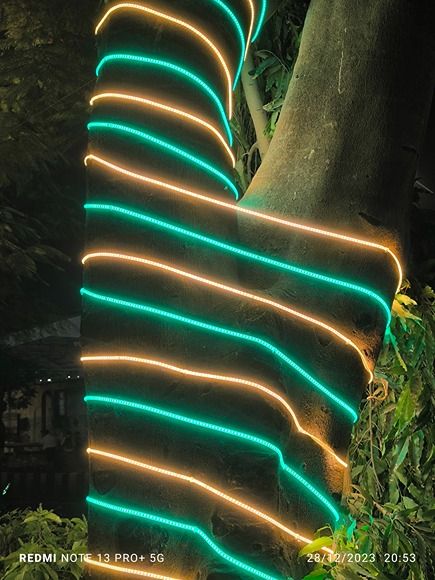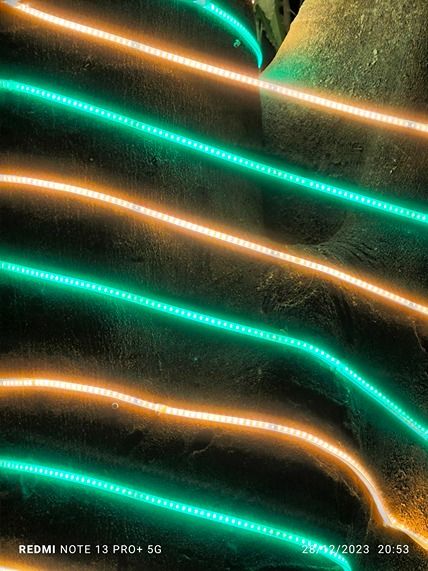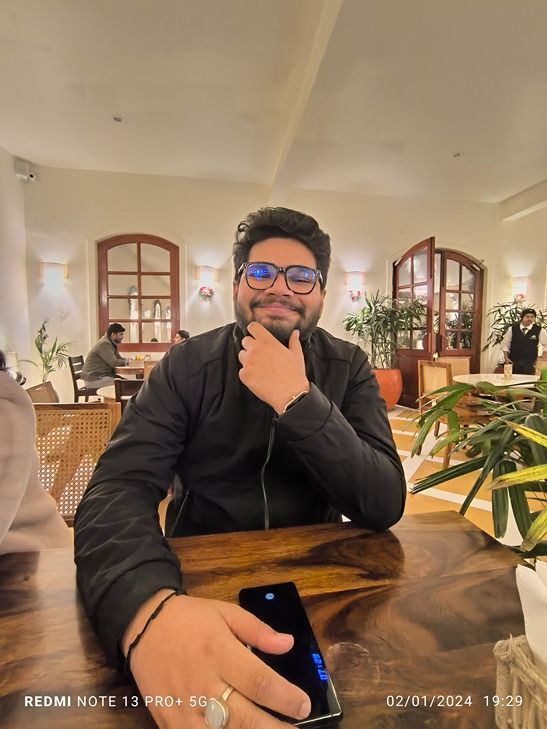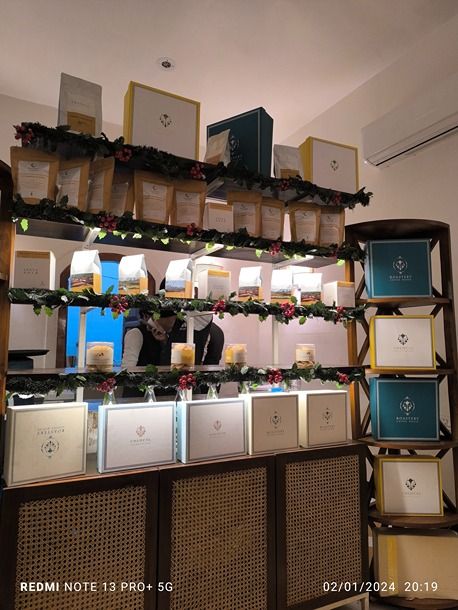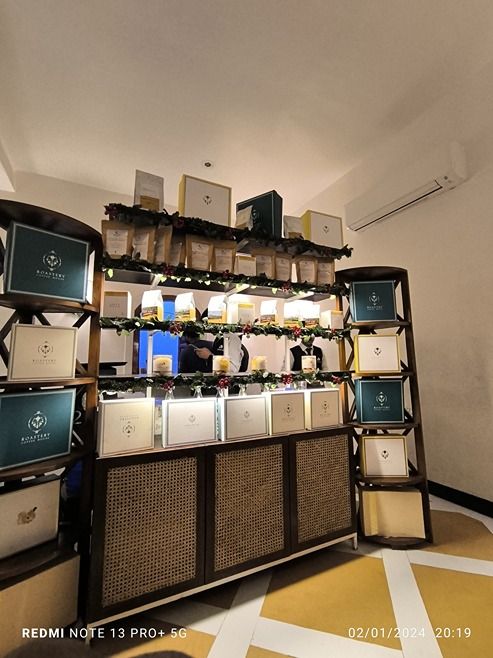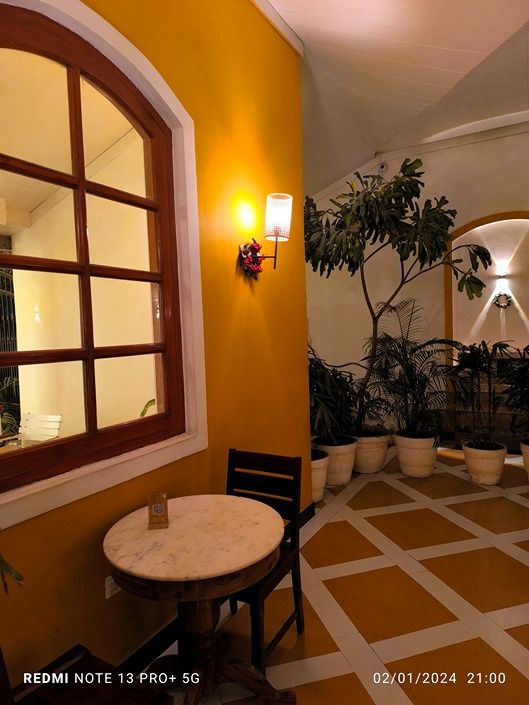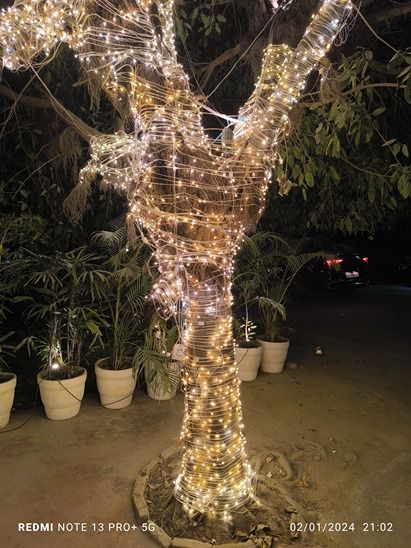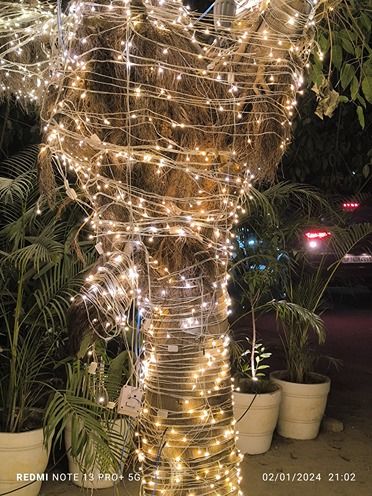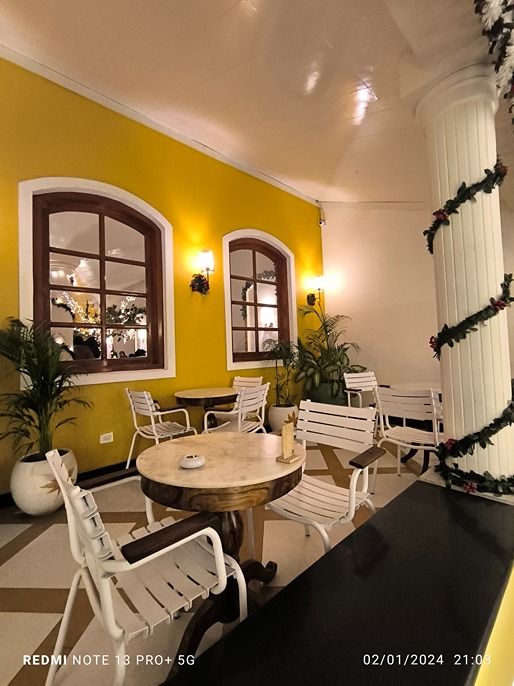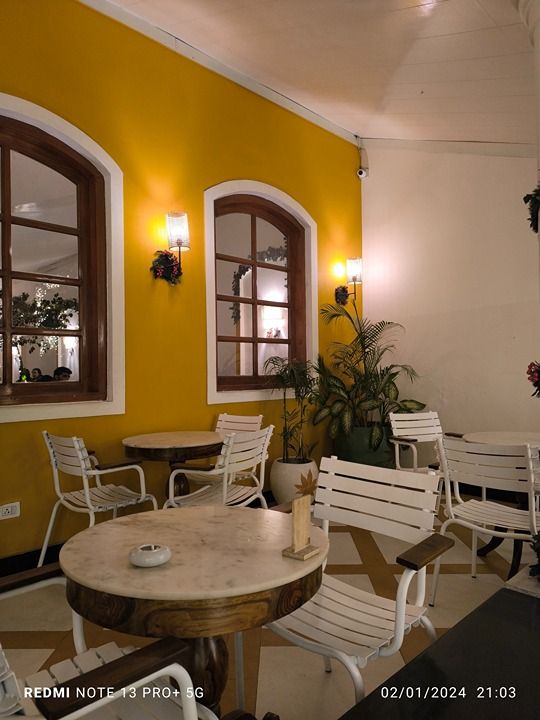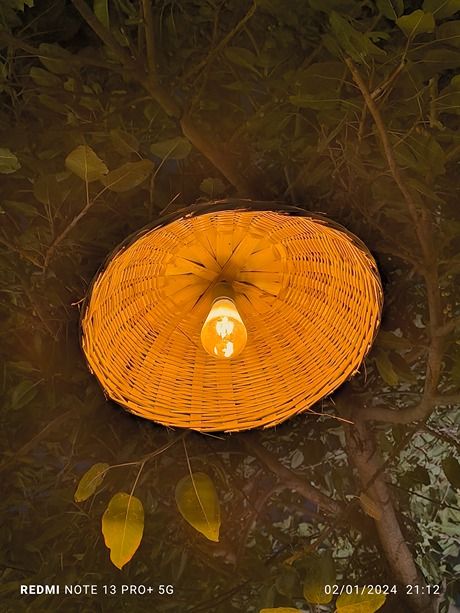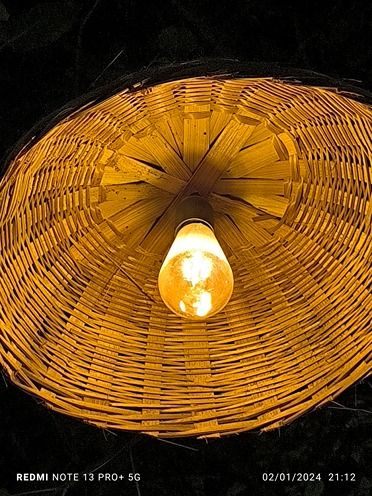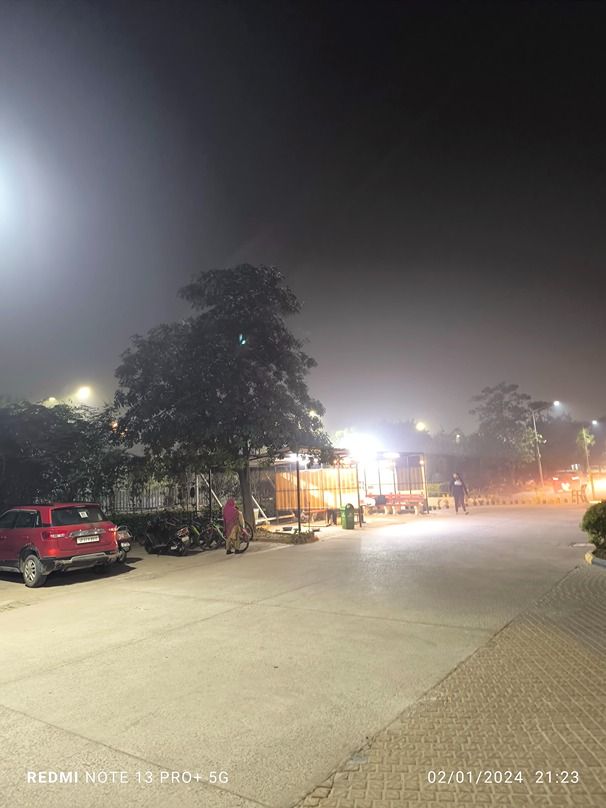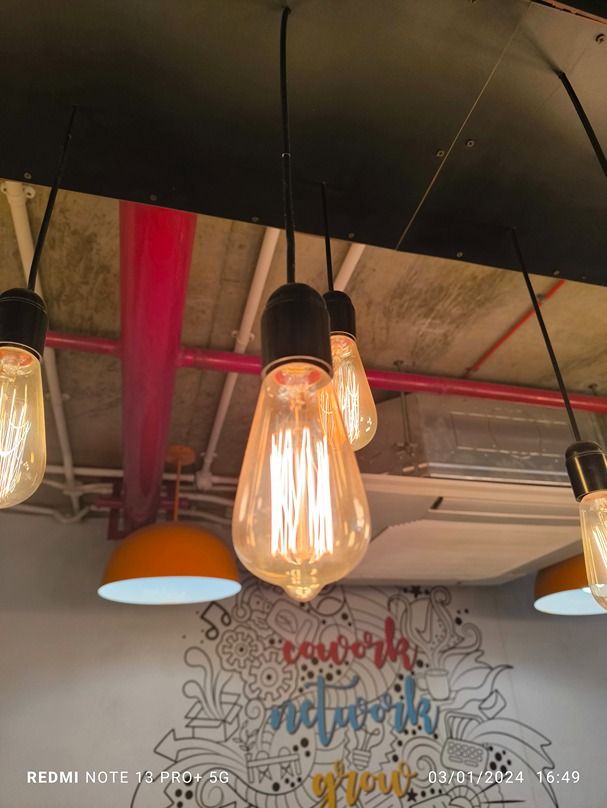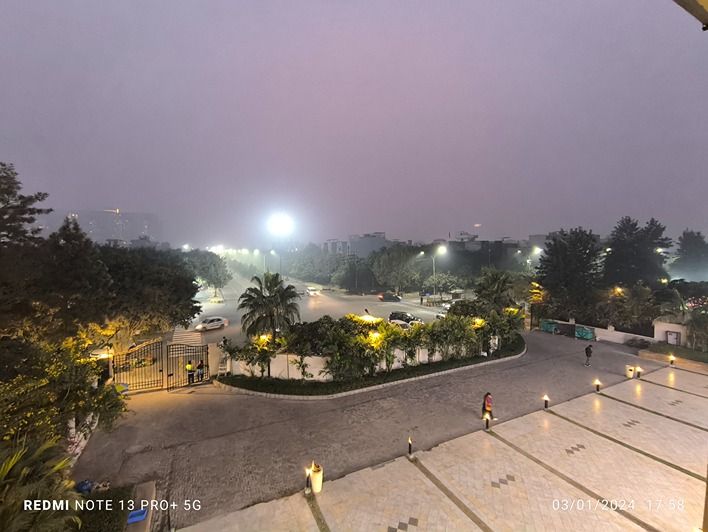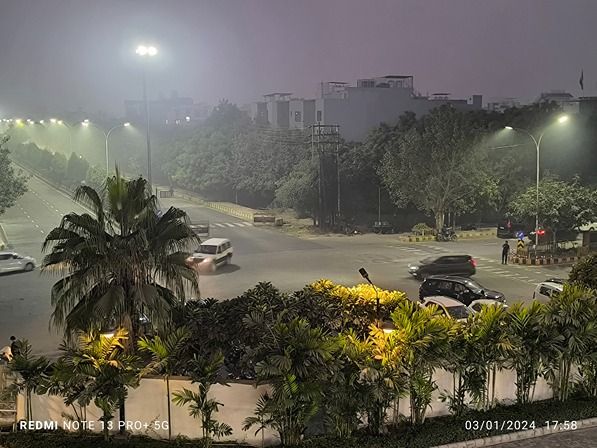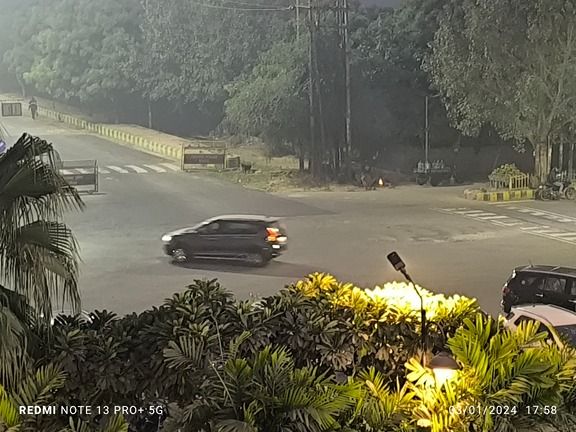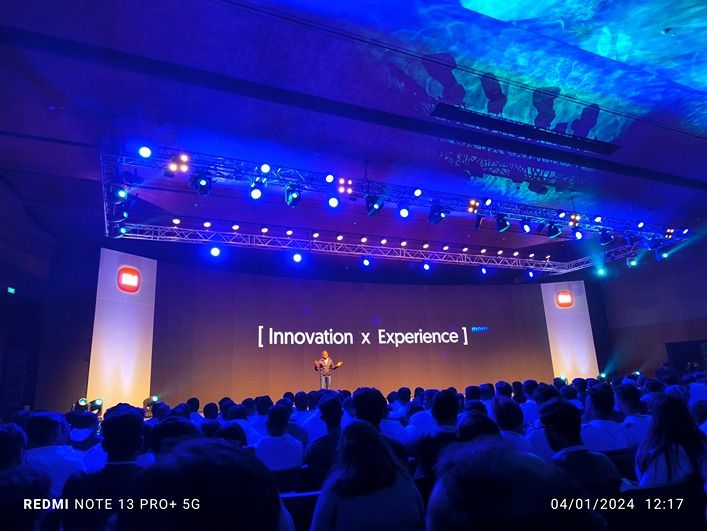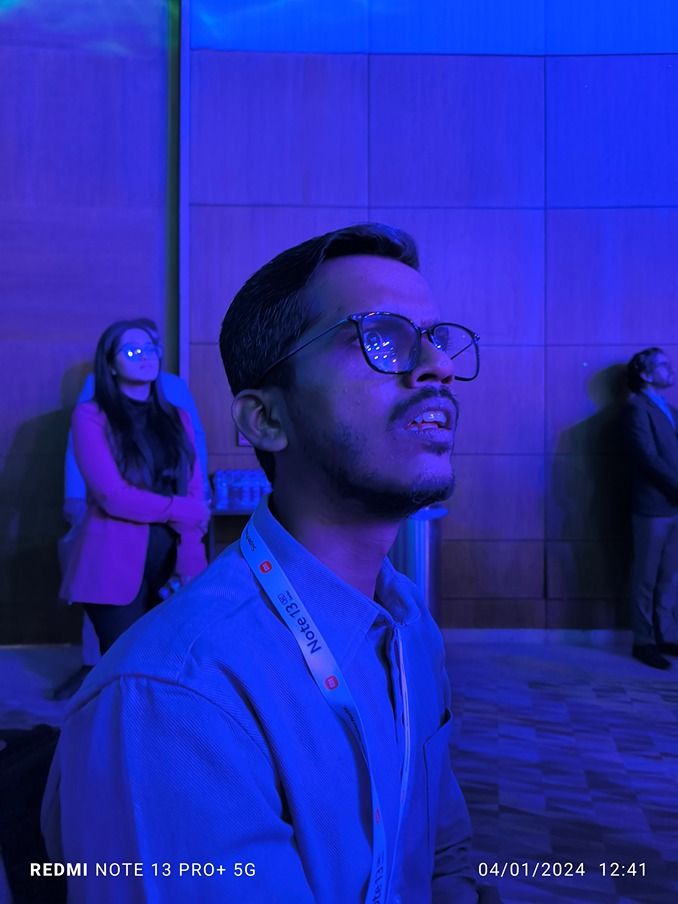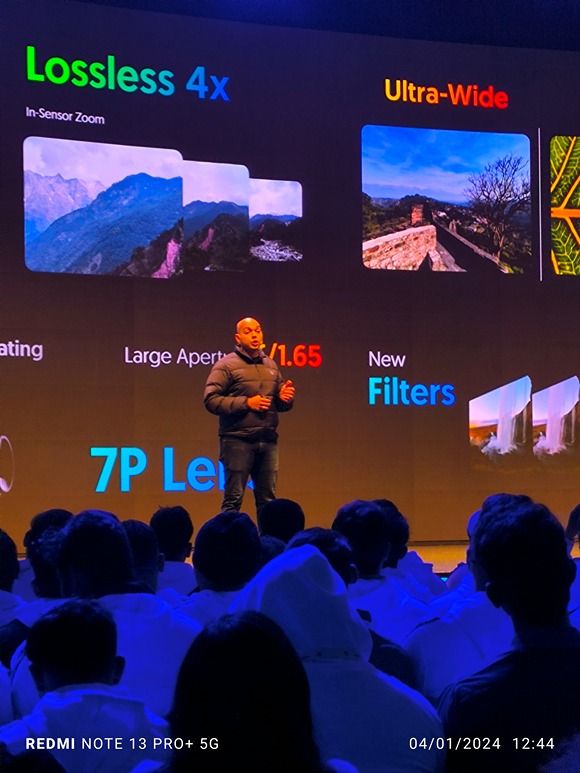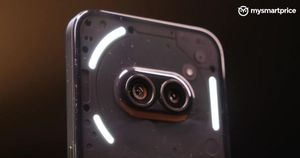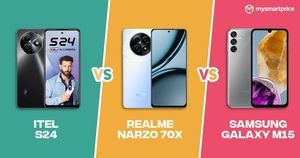
Curved displays, crazy fast charging, good IP rating, high-resolution cameras – these are a few things that were previously exclusive to flagships. Most of these qualities have begun to filter down to the mid-range, benefiting consumers greatly. A prime example of this is the recently launched Redmi Note 13 Pro Plus. It ticks all the features mentioned above and adds a bit more.
This is the eldest sibling from the Note series, and also the only one that breaks the Rs 30,000 price barrier. It starts at Rs 31,999 — a considerable bump from last year, putting it in a segment with the big boys. To stand out, the Redmi Note 13 Pro Plus opts for an all-rounder approach, instead of solely focusing on performance or camera prowess. But the question is, can the Redmi Note 13 Pro Plus become the de facto choice against the rivals? I’ve been using the phone for over two weeks, to find out the answer in this review.
Redmi Note 13 Pro Plus Review: Design and build quality
If you are considering the Note 13 Pro Plus, simply opt for the Fusion Purple colour variant. This choice is not purely based on looks, but boy, does it look stunning. The vegan leather finish at the back feels premium to the touch and massively helps with the grip. Moreover, because of the choice of materials the weight is well-distributed, and it is lighter than the other colourways.
Redmi Note 13 Pro Plus
Rs 31,999What Is Good?
- Brilliant display
- IP68 rating
- Good camera performance in daylight
- Excellent design and build
- Decent performance
- Good battery, fast charging
What Is Bad?
- Does not come with HyperOS out of the box
- Bloatware apps
- Pricing could've been better
|
Design |
Specifications |
|
Back Material |
Purple: Vegan Leather, Black and White: Glass |
|
Weight |
207 grams (Fusion Black) |
|
Thickness |
8.9mm |
|
IP Rating |
IP68 |
The top-right portion of the phone is where all the design goodness lies. The splicing design with each column holding some responsibility is very neatly executed. Gripping the phone is also not an issue because of the curved edges.
 While it’s not the first phone in this segment with an IP68 rating — the Motorola Edge 40 and Edge 40 Neo both had it — it is still highly commendable. Rest of my thoughts on the design language can be read in the Redmi Note 13 Pro Plus first impressions.
While it’s not the first phone in this segment with an IP68 rating — the Motorola Edge 40 and Edge 40 Neo both had it — it is still highly commendable. Rest of my thoughts on the design language can be read in the Redmi Note 13 Pro Plus first impressions.
Redmi Note 13 Pro Plus: Display Review
The Note 13 Pro Plus display is a massive upgrade from last year. For starters, the curved display looks gorgeous and adds to the premium vibe. The phone tackles accidental touches on the edges of the display using a simple touch-ignoring algorithm, this can be tweaked within the settings. The bezels are quite minimal, and the hole-punch camera at the top is not distracting.

|
Display |
Specifications |
|
Size |
6.67-inch |
|
Type |
3D Curved AMOLED |
|
Resolution |
1220×2712 pixels |
|
Refresh rate |
120Hz |
|
Peak brightness |
1800 nits (HDR), 500 nits (typ) |
|
Screen-to-body ratio |
93.35 per cent |
|
Display protection |
Corning Gorilla Glass Victus |
The panel has a refresh rate of 120Hz and support for HDR10+. The phone is certified for Widevine L1 support, and you also get Dolby Vision support in Netflix, out of the box — which is rare. The content on it appeared vibrant, punchy, and with appropriate contrast. Redmi claims the display can produce 68 billion+ colours, while we didn’t count, the natural colour preset gave us a good experience and was more suited for our palate.
If you wish to tweak the colour gamut of the panel, you can switch between DCI-P3 and sRGB. I watched a couple of episodes of Berlin, and the darker scenes were also illustrated well. Legibility under direct sunlight was also good. The Note series also finally welcomes the inclusion of an in-display fingerprint sensor, and it works flawlessly. The stereo speaker setup performs well, with good depth and gets loud enough.
Redmi Note 13 Pro Plus: Performance Review
The MediaTek Dimensity 7200 Ultra is essentially a successor to the Dimensity 7200 that we’ve already seen on the iQOO Z7 Pro (Review). The benchmark numbers in the table below should help you understand the performance difference in both the chipsets, and it’s almost negligible — but the price difference is not. Coming back to the phone, you get a 4000mm² vapour chamber cooling system, which is an upgrade over last year and covers a bigger surface area.
|
Hardware |
Specifications |
|
Processor |
MediaTek Dimensity 7200 Ultra |
|
RAM |
12GB LPDDR5 |
|
Storage |
512 GB UFS 3.1 |
|
AnTuTu v10 |
717260 |
|
Geekbench 6.1 |
Single core – 1126, Multi core – 2662 |
|
CPU throttling test |
90 per cent of its max performance |
|
3DMark (Wild Life Extreme Stress Test) |
NA |
|
Software version |
Android 13 based on MIUI 14 |
|
Connectivity details |
Wi-Fi 6, Bluetooth 5.3, GPS, NFC |
The heating is under control thanks to this, especially when playing games such as GTA: Vice City and BGMI. The latter lets you go to HDR graphics and Ultra framerates, giving you uninterrupted 40fps gameplay. The only time I noticed a considerable dip in the framerates was during landing.

The phone handles daily usage and multi-tasking quite easily, without demonstrating any stutters or lags. This is not shocking, considering almost all the smartphones within this price segment offer good performance — but software optimisation is what matters.
Speaking of which, the Note 13 Pro Plus comes with Android 13 based on MIUI 14, which is unfortunate since HyperOS is ready to ship. We are aware it will receive the update eventually, we believe HyperOS should have been the default OS.
Why, you ask?
For starters, it brings along a bunch of visual improvements and fluidity. It also seems promising for the entire ecosystem of Xiaomi products with good integration across devices. But, what’s more important is that the OS now eats up a smaller chunk of the storage. For example: MIUI 14 consumes 11GB of the storage space, while HyperOS will take up about 8GB.
The Note 13 Pro Plus promises three years of software updates and four years of security updates — since HyperOS will be pushed in the coming months, this will be counted as a software update, reducing the support to two years.
Another chink in its armour is the bloatware — thankfully, you can uninstall them. With that rant out of the way, MIUI is not bad by any means. It works as intended and is very well optimised on the device. It is still smooth and familiar to many, many budget phone buyers, with all of its customisability options.
Redmi Note 13 Pro Plus Camera Review
The Note 13 Pro Plus retains the same camera system as last year but with a different sensor for better imaging quality. While the camera performed well in most scenarios, I noticed a few inconsistencies in low-light scenarios concerning the dynamic range and colour science. Xiaomi confirmed that they are working on this and are preparing an OTA to fix this issue, as soon as possible. So, we’ll make sure to update this piece once it’s pushed.
|
Cameras |
Specifications |
|
Primary camera |
200-megapixel, 1/1.4-inch, f/1.65, OIS + EIS, Samsung ISOCELL HP3 sensor |
|
Secondary camera |
8-megapixel ultra-wide angle camera, f/2.2 |
|
Tertiary camera |
2-megapixel macro camera, f/2.4 |
|
Selfie camera |
16-megapixel |
|
Video recording capabilities |
Up to 4K at 30fps and 1080p at 60fps |
Coming back to our current experience, photos captured in daylight had plenty of details and close-to-accurate colours. The dynamic range in ideal situations was good, with proper control over the highlights and details from the shadows. The point-and-shoot mechanism works well, and there’s no focus hunting when clicking close-ups.
However, in some situations, it tends to add a red hue to the human skin. The camera also supports up to 4x lossless in-sensor zoom. These images come out decent, but contain a bit of noise and fewer details. The natural depth of field in images is also impressive.
However, in low-light conditions, as mentioned above, it’s a hit or a miss. The image processing is not a big fan of sharp light sources, so it struggles with the dynamic range. With the night mode on, the photos are more balanced.
200-megapixel shots capture immense details, and it’s visible when zooming into the photos with text. The portrait mode also works superbly with natural bokeh and accurate edge detection. The 8-megapixel ultra-wide gives a wider perspective to the image but at the cost of details.
There are no colour shifts between the normal and ultra-wide angles, which is good. The 2-megapixel macro camera still makes an appearance here, and 2024 is the year to exclude it. The selfie camera can capture detailed shots, provided there’s an ample amount of light on your face. But, it slightly struggles when taking images against the light.
Redmi Note 13 Pro Plus Review: Battery and charging
The Redmi Note 13 Pro Plus packs in a 5,000mAh battery which is pretty much the industry norm nowadays. The battery easily lasts an entire day with moderate-to-heavy usage. Our usage included a lot of camera work, scrolling through Instagram, and Netflix. If you are a mild user, the Note 13 Pro Plus can deliver more than a day’s battery life.
The charging speeds are ridiculous. The 120W brick charges the phone to 65 per cent within 15 minutes. It roughly takes half an hour to fully charge — which is a lifesaver when you have to rush out of the home for a late meeting.
Redmi Note 13 Pro Plus Review: Verdict
The Redmi Note series has been known to bring a seismic shift in the market with its price-to-feature ratio. This hasn’t been true with the Note 13 Pro Plus.
Don’t get us wrong… the handset offers a bunch of upgrades which include a good IP rating, a curved display, an in-display fingerprint sensor, NFC, good performance, and more. However, it’s not perfect by any means. The irregularity in the cameras is what needs to be worked on, and we’ve been told this will be fixed. It still manages to execute good images in ample lighting, low-light is where it needs a bit of refinement.

The software is well-optimised for the phone, but the bloatware is still a headache. Notably, the Note 13 Pro Plus comes with Android 13, instead of the latest Android 14. While Xiaomi commits to a longer software support, but one of those years will be eaten up by HyperOS — ideally, this version should’ve been made available out of the box. Especially, when you consider the Poco X6 Pro will be featuring HyperOS as a default software, making the Note 13 Pro Plus seem inferior in this regard. Nevertheless, battery life is commendable and the charging speeds are crazy.
The Redmi Note 13 Pro Plus is a smartphone that focuses on being an all-rounder — and it executes it greatly. But, at this price range, other options like the OnePlus Nord 3, iQOO Neo 7 Pro, and Poco F5 seem more compelling. While these handsets may not be a jack of all trades, but are a master of few, including performance — which is increasingly becoming the deciding factor.
In our opinion, the younger sibling, Redmi Note 13 Pro, seems like a slightly better deal than the Pro Plus variant, though you lose out on some premium features like a curved display, faster charging, and IP68 rating.
To sum up, pricing used to be the Redmi Note series’ biggest selling point, but now it seems to be its Achilles heel.








